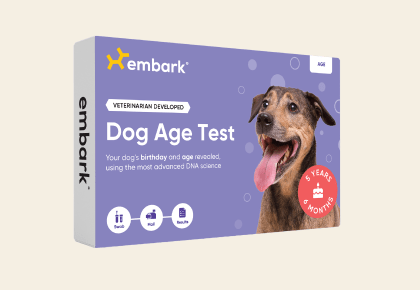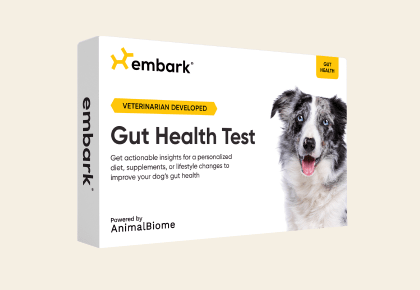Hereditary Vitamin D-Resistant Rickets
Calcium absorption occurs at the level of the small intestine and is mediated by calcitriol or Vitamin D. Unlike nutritional rickets, HVDRR is caused by mutations in the Vitamin D Receptor (VDR) leading to poor calcium absorption.
-
Signs and symptoms
Symptoms include lameness and skeletal abnormalities, most noticeably an outward bowing of the forelimbs. Due to insufficient amounts of calcium deposition in the bone matrix, dogs are also prone to spontaneous fractures.
Signs are first recognized in puppies. -
Diagnosis
Genetic testing, clinical signs, radiographs, and laboratory tests are all used to diagnose this condition.
-
Treatment
If left untreated, dogs deteriorate rapidly. Because nutritional rickets is much more common than HVDRR, affected dogs are often incorrectly treated for nutritional rickets to no avail and are often euthanized due to poor response to therapy. Catching HVDRR early can inform appropriate treatment. However, any skeletal abnormalities that develop prior to treatment are permanent.
-
What to do if your dog is at risk
Actions
- Genetic testing will give your puppy the best chance of catching this disease early.
-
Genetic Information
This mutation was first described in a Pomeranian.
This mutation has an autosomal recessive inheritance, meaning that dogs must have two copies of the mutation in order to show clinical signs.
Gene names:
VDR (Exon 4) ‐ chr
Inheritance type:
recessive
Citations:
-
Breeds affected
This health condition affects the following breeds
Learn about your dog’s unique genetic health
Dog owners
Breed identification, health and trait insights, personalized care recommendations, and the world’s first canine relative finder—all in one leading dog DNA test.
Learn about the report for dog ownersShop the test
Breeding programs
Embark’s test for breeding programs is one comprehensive DNA test designed with your needs in mind.
Learn about the report for breedersShop the test











